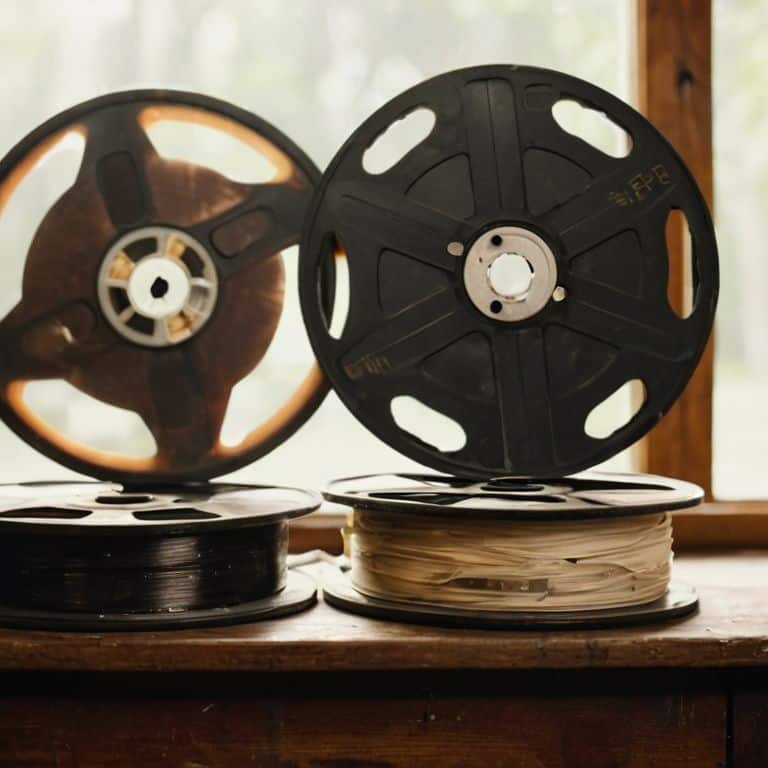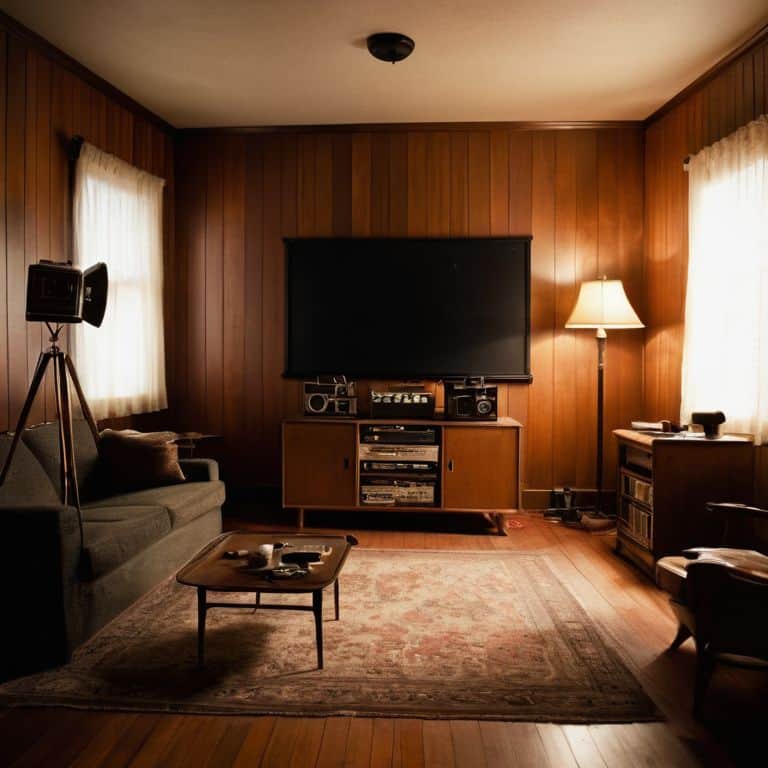I still remember the heated debates I had with my friends in the 90s indie scene about the difference between a remake and a reboot. It was a time when the lines between originality and rehashing were constantly blurred, and we’d spend hours discussing the merits of each approach. But what struck me then, and still does today, is how often these terms are used interchangeably, despite having distinct implications for the way we consume and interpret stories. The cultural significance of this distinction can’t be overstated, as it reflects our collective anxieties about creativity, nostalgia, and the role of media in our lives.
As someone who’s spent years analyzing the cultural landscape, I’m tired of the superficial discussions around remakes and reboots. In this article, I promise to cut through the hype and provide a no-nonsense exploration of what these terms really mean, and why they matter. I’ll draw on my own experiences as a music journalist and academic to offer a unique perspective on the ways in which our favorite stories are reimagined and reinterpreted. By the end of this piece, you’ll have a deeper understanding of the complex forces driving the remake and reboot phenomena, and how they reflect our deepest desires and anxieties as a culture.
Table of Contents
Rebooting the Conversation

As I delve into the world of reboots and remakes, I’m reminded of the reimagining classic stories that have become a staple of the film industry. It’s a trend that speaks to our collective nostalgia, yet also raises questions about the nature of creative expression. When a studio decides to reboot a beloved franchise, are they taking a creative risk or simply playing it safe? The answer, much like the line between remake and reboot, is not always clear-cut.
The audience reception of remakes is a fascinating case study in this regard. On one hand, fans of the original often approach these new iterations with a mix of excitement and trepidation. On the other, the prospect of introducing a classic story to a new generation can be a powerful draw. The box office performance of reboots would suggest that this strategy can be lucrative, but it’s also important to consider the artistic merits of such endeavors.
In the end, the decision to remake or reboot a film is often driven by the desire to revive intellectual property and capitalize on existing brand recognition. While this approach can yield financial rewards, it’s also important to weigh the potential creative risks involved. By examining the motivations behind these decisions, we can gain a deeper understanding of the film industry’s trends and the cultural forces that shape them.
Intellectual Property Revival Trends
As I delve into the world of remakes and reboots, I notice a trend that’s both fascinating and unsettling – the * Intellectual Property Revival*. It’s a phenomenon where studios scour their vaults for recognizable titles, dust them off, and repackage them for a new generation. This approach has led to a surge in reimagined classics, with mixed results.
The retro revival aspect of this trend is particularly intriguing, as it speaks to our collective nostalgia and desire for familiarity in uncertain times. By rehashing beloved stories, studios aim to tap into this sentiment, often with lucrative results.
Unpacking Reimagining Classic Stories
As I delve into the world of reboots, I find myself pondering the art of reimagining classic stories. It’s a delicate balance between paying homage to the original and infusing it with a modern twist. The goal is to create something fresh and exciting, while still maintaining the essence of what made the original so beloved.
In this context, the creative liberties taken by filmmakers can make or break the reboot. It’s a tightrope walk between innovation and nostalgia, where one misstep can lead to a disappointing retread of familiar ground.
Remake vs Reboot Differences

As we delve into the nuances of reimagining classic stories, it becomes clear that remakes and reboots serve distinct purposes in the film industry. Remakes often strive to recreate the original’s magic, whereas reboots aim to reinvigorate a stagnant franchise. This disparity is reflected in the audience reception of remakes, which can be mixed due to the inherent risk of tampering with beloved classics.
The box office performance of reboots can be a significant indicator of their success, but it’s not the only factor. Reboots that take creative risks often yield more intriguing results, even if they don’t always resonate with audiences. The intellectual property revival trend has led to a surge in reboots, as studios seek to capitalize on existing fan bases. This approach can be lucrative, but it also raises questions about the authenticity of these reboots.
In the context of film industry trends, the line between remakes and reboots is continually blurred. As studios navigate the complexities of creative risks in reboots, they must also consider the potential backlash from fans. Ultimately, the success of a remake or reboot hinges on its ability to strike a balance between nostalgia and innovation, making the audience reception a crucial factor in its overall impact.
Audience Reception of Remakes and Box Office
When it comes to the audience reception of remakes, nostalgia plays a significant role in determining their success. People often flock to remakes of their favorite childhood films, hoping to recapture the magic of their youth. This nostalgia factor can be a double-edged sword, as it can both attract and deter viewers.
The box office performance of remakes is also influenced by the cultural context in which they are released. A remake that taps into the current cultural zeitgeist is more likely to resonate with audiences and perform well at the box office.
Creative Risks in Film Reboots
When it comes to film reboots, I believe that taking creative risks is essential to revitalize a stagnant franchise. This can involve introducing new characters, plot twists, or even genres to breathe fresh life into a familiar story. By doing so, filmmakers can attract both old and new fans, creating a unique viewing experience that pays homage to the original while also offering something innovative.
A successful reboot requires a delicate balance between nostalgia and innovation, with filmmakers often walking a tightrope to avoid alienating loyal fans while still managing to push boundaries. This can be a challenging task, but when executed correctly, it can lead to a reboot that not only resonates with audiences but also leaves a lasting impact on the franchise’s legacy.
Beyond the Buzzwords: 5 Key Takeaways on Remakes vs Reboots
- Understand the motivations: Recognize whether a remake or reboot is driven by a desire to retell a classic story for a new generation or to cash in on existing intellectual property
- Respect the source material: A good remake or reboot should balance fidelity to the original with innovative storytelling that justifies its existence
- Consider the cultural context: The difference between a remake and a reboot often reflects broader cultural anxieties, such as our fear of change or our nostalgia for simpler times
- Assess the creative risks: Film reboots, in particular, involve significant creative risks, as they seek to reimagine familiar stories for new audiences while staying true to the spirit of the original
- Evaluate audience reception: The success of a remake or reboot ultimately depends on how audiences respond to it, which can be influenced by factors such as the quality of the film, marketing, and cultural zeitgeist
Beyond Semantics

The distinction between a remake and a reboot isn’t merely a matter of cinematic taxonomy; it’s a telling symptom of our era’s existential grappling with the notion of originality, and how we reconcile our nostalgia for the past with our anxieties about the future.
Julian Thorne
Reclaiming the Narrative: A Conclusion
As we’ve navigated the blurred lines between remakes and reboots, it’s become clear that the distinction goes beyond mere semantics. We’ve seen how reimagining classic stories can be both a creative risk and a calculated move, often driven by intellectual property revival trends. The differences between remakes and reboots are not just about the approach to storytelling, but also about the audience reception and the box office performance. By understanding these nuances, we can gain insight into the cultural anxieties that shape our consumption of stories.
So, as we move forward in this era of cinematic rebirth, let’s not forget that the true power lies not in the labels we assign, but in the narratives we choose to tell. By embracing this complexity, we can uncover new layers of meaning and spark meaningful conversations about the stories that define us. As I always say, you can understand an era’s entire socio-political climate by analyzing its most popular sitcoms – and perhaps, by extension, its remakes and reboots. The conversation may be rebooted, but the story is far from over.
Frequently Asked Questions
How do the financial and commercial considerations of studios influence their decision to produce a remake versus a reboot?
The almighty dollar signs. Let’s face it, studios are driven by the potential for franchise revival and merchandising opportunities, often opting for reboots that can spawn new sequels and spin-offs, whereas remakes are typically one-off investments. This calculus of cash cows versus singular artistic expressions dictates their decisions, revealing the tension between creative vision and commercial viability.
Can a reboot be considered a form of social commentary, reflecting changing societal values and norms, or is it primarily driven by profit?
Absolutely, a reboot can serve as social commentary, reflecting shifting societal values. Think of it: reboots often update classic stories to resonate with contemporary issues, like diversity, inequality, or technology’s impact on humanity. While profit is a factor, the best reboots also tap into our collective anxieties, sparking necessary conversations about who we are and where we’re headed.
What role does nostalgia play in the success of remakes and reboots, and how do filmmakers balance appealing to original fans with attracting new audiences?
Nostalgia is the secret sauce in remakes and reboots, tapping into our collective fondness for bygone eras. Filmmakers must walk a tightrope, balancing nostalgic nods for original fans with fresh spins to hook new audiences, essentially repackaging the familiar for a new generation.
